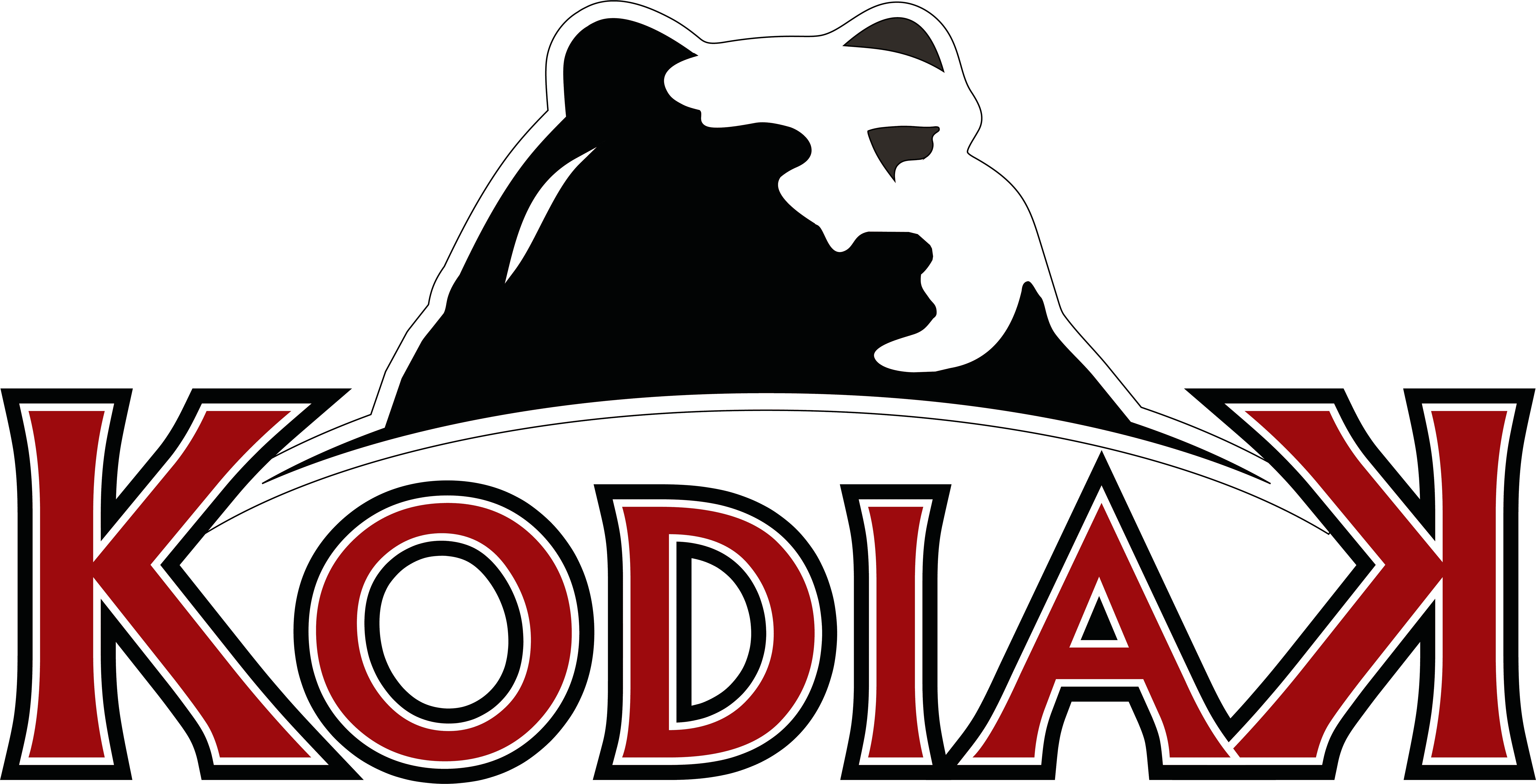Planning commercial roofing projects requires knowing the costs and factors influencing pricing, including materials, project size, and labor. Understanding these details helps businesses budget effectively and avoid unexpected expenses. A strong, well-maintained roof is a key investment, whether a simple repair or a complete replacement. The type of roofing material impacts not only the initial cost but also long-term savings through energy efficiency and maintenance. Continue reading to understand which factors businesses can weigh to make informed decisions to protect their investment, the costs of roofing projects, and how to extend the life of roofing systems.
Common Commercial Roofing Projects and Their Average Costs
Keeping your commercial roof in great shape is one of the smartest ways to protect your building and avoid expensive repairs, but knowing whether to do the work yourself or call a pro isn’t always obvious. While there are simple maintenance tasks you can handle safely, some jobs come with hidden risks and require expert tools and training. This guide breaks down the difference between DIY and professional commercial roof maintenance so you can make smart, safe decisions—and avoid costly mistakes.
Understanding Commercial Roof Maintenance
Before you can decide what you can do yourself, it helps to understand what commercial roof maintenance includes. This type of maintenance focuses on keeping the roof in good shape, catching problems early, and ensuring it lasts as long as possible.
Common goals of roof maintenance include:
- Preventing leaks
- Extending the roof’s lifespan
- Reducing long-term costs
- Keeping warranties valid
Maintenance can involve visual inspections, clearing debris, checking seals and flashing, and making minor repairs.
DIY Commercial Roof Maintenance: What You Can Handle Safely
Not every roofing task is dangerous or complicated. There are a few maintenance activities that business owners or facility staff can do safely with the right precautions and equipment. However, even these tasks require careful planning to avoid accidental damage.
Here are a few common DIY roof maintenance tasks:
1. Visual Inspections from the Ground
One of the easiest and safest tasks is looking for obvious signs of damage without climbing on the roof. Walk around the building and check for:
- Sagging areas
- Debris piles
- Drainage issues
- Signs of water leaks inside the building
These quick checks help you spot red flags before they become big problems. Just make sure not to rely on visual checks alone, especially in the event of emergency leaks.
2. Clearing Debris
If it’s safe to do so, removing debris like leaves and branches from gutters, drains, and flat areas can prevent blockages and ponding water. Use soft tools like plastic shovels or brooms to avoid damaging the membrane.
Be sure to follow all safety guidelines, including using proper fall protection if working at height is necessary.
3. Checking and Cleaning Drains and Gutters
Proper drainage is critical to avoid leaks and structural damage. If you have safe access, make it a habit to check and clean gutters and roof drains regularly, especially after storms.
4. Documenting Roof Conditions
Taking notes and pictures of any visible issues makes it easier to track changes over time and helps professionals know what to look for when you call them in.
While these tasks can be helpful, there is a clear limit to what untrained staff should do. Always use caution, and if you’re unsure, it’s better to bring in an expert.
When to Call a Professional Roofer
DIY maintenance has its place, but trained professionals should only do many commercial roof maintenance tasks. Roofs are complex systems, and improper work can lead to voided warranties, water damage, or even injury.
Here are situations when hiring a pro is the safest and smartest choice:
1. Conducting a Full Inspection
While you can look for obvious problems, a complete inspection involves checking seals, flashing, underlayment, and drainage systems. Professionals are trained to identify hidden issues and can do so without causing further damage.
2. Performing Repairs
Fixing seams, replacing flashing, or patching membranes requires proper materials and techniques. One wrong step can turn a small issue into a major repair.
3. Working on Roofs with Slopes or Height Risks
If your building has a pitched roof or dangerous access points, leave the work to pros with the right fall protection and training.
4. Applying Coatings or Sealants
These materials must be applied in the right weather and with the right tools to work properly. A professional knows how to do it safely and effectively.
Before attempting anything beyond basic cleaning or inspections, consider the long-term cost of making a mistake. A professional maintenance plan may ultimately cost less.
The Risks of Improper DIY Roof Maintenance
It’s easy to understand why many property owners want to cut costs, but trying to handle complex roof work without training can backfire. Let’s take a look at some of the most common risks:
- Safety Hazards: Falls from roofs are one of the leading causes of construction injuries. Even experienced workers use safety harnesses, railings, and ladders.
- Warranty Voids: Most commercial roof warranties require professional maintenance. A DIY mistake can cancel your coverage.
- Hidden Damage: Untrained eyes may miss early signs of damage, leading to bigger problems.
- Accidental Damage: Using the wrong tools or walking in the wrong place can crack membranes or damage insulation.
When it comes to your roof, the cost of a mistake can far outweigh the cost of hiring a pro.
What Belongs on a Commercial Roof Preventative Maintenance Checklist?
A good maintenance plan includes a combination of professional services and safe in-house checks. Knowing what to include in a checklist makes it easier to manage roof care.
Here are some of the key items that should appear on a commercial roof preventative maintenance checklist:
- Visual inspections (monthly or quarterly)
- Cleaning of drains and gutters
- Removal of debris from the roof surface
- Inspection after major weather events
- Professional inspections (at least twice a year)
- Checking for signs of ponding water
- Verifying that flashings, seams, and penetrations are sealed
Keeping records of each inspection and maintenance visit helps catch problems early and supports warranty claims if needed.
Keep up with roof maintenance and repairs safely with a customized commercial roof maintenance plan from Kodiak Roofing & Waterproofing.
How Professional Roofing Experts Simplify Maintenance for Business Owners
Roofing experts understand the pressures businesses face in managing their properties and can take the guesswork out of roof care with proactive services that save time and money like:
- Tailored maintenance plans
- Biannual or quarterly inspections
- Priority repairs
- Help maintain warranty compliance
Having expert eyes on your roof and a team ready to act before small problems grow can help you safely monitor your roof year-round.
Protect Your Roof And Your Budget With Kodiak Roofing & Waterproofing
Commercial roofs are major investments, and keeping them in good condition requires the right balance of in-house care and professional oversight. With decades of experience, Kodiak Roofing is a respected partner for commercial roof maintenance. We’ll keep your roof in peak condition so you can focus on running your business. Contact us today to discover how our commercial roofing services can protect your roof for years to come.

